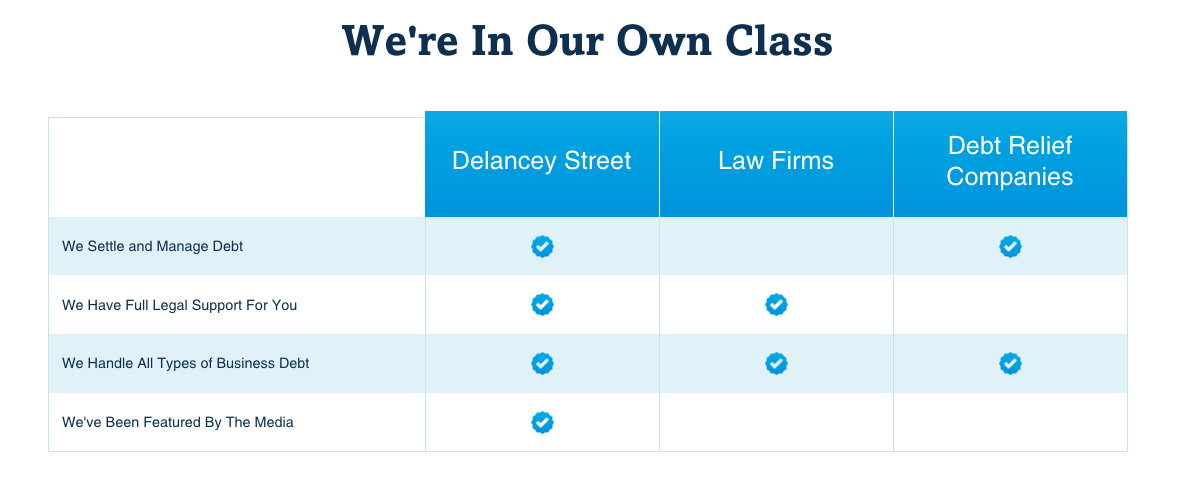What is WFDS? The Wildland Fire Decision Support System Explained
An Overview of WFDS and Its Role in Wildfire Management
Wildfires are a natural phenomenon that can have devastating consequences, destroying homes, businesses, and entire communities in their path. As climate change continues to exacerbate the frequency and intensity of these events, effective wildfire management has become increasingly crucial. Enter the Wildland Fire Decision Support System (WFDS), a powerful tool designed to aid fire managers and decision-makers in their efforts to mitigate the impact of wildfires.
What is WFDS, and How Does It Work?
The WFDS is a comprehensive software system that integrates various data sources and modeling capabilities to provide real-time information and predictions about wildfire behavior. It was developed by the United States Forest Service (USFS) and is used by federal, state, and local agencies involved in wildfire management.
 -
-At its core, the WFDS combines weather data, fuel conditions, terrain information, and other relevant factors to generate detailed simulations of how a wildfire might spread and behave under different scenarios. These simulations are then used to inform decision-making processes, such as determining the most effective suppression strategies, identifying potential evacuation zones, and allocating resources.
Key Features and Capabilities
- Fire Behavior Modeling: The WFDS utilizes advanced computational fluid dynamics (CFD) models to simulate the complex interactions between fire, weather, and terrain. This allows for highly accurate predictions of fire spread, intensity, and other critical parameters.
- Weather Data Integration: The system integrates real-time weather data from various sources, including ground-based stations, radar, and satellite observations. This ensures that fire behavior predictions are based on the most up-to-date meteorological conditions.
- Fuel Modeling: The WFDS incorporates detailed information about the type, distribution, and moisture content of vegetation and other combustible materials in an area. This data is crucial for accurately modeling fire behavior and potential impacts.
- Terrain Analysis: The system takes into account the topography of the area, including elevation, slope, and aspect. These factors can significantly influence fire behavior and spread patterns.
- Visualization and Mapping: The WFDS provides a user-friendly interface for visualizing and mapping fire behavior predictions, allowing decision-makers to quickly identify areas of concern and plan accordingly.
- Decision Support Tools: In addition to fire behavior modeling, the WFDS offers a suite of decision support tools, such as resource allocation optimization, evacuation planning, and risk assessment modules.
Benefits and Real-World Applications
The WFDS has proven to be an invaluable tool in wildfire management, offering numerous benefits to fire agencies and communities alike:
- Improved Situational Awareness: By providing real-time information and predictions, the WFDS enhances situational awareness for fire managers, allowing them to make more informed decisions and respond more effectively to rapidly changing conditions.
- Enhanced Public Safety: Accurate fire behavior predictions enable more effective evacuation planning and public safety measures, potentially saving lives and minimizing property damage.
- Resource Optimization: The WFDS helps optimize the allocation of firefighting resources, ensuring that personnel and equipment are deployed in the most efficient and effective manner.
- Collaboration and Coordination: The system facilitates collaboration and coordination among different agencies and stakeholders involved in wildfire management, promoting a unified and cohesive response.
- Training and Preparedness: The WFDS can be used for training purposes, allowing fire managers to simulate various scenarios and develop effective strategies for future wildfire events.
Real-world applications of the WFDS have been numerous and far-reaching. From the devastating Camp Fire in California to the Bootleg Fire in Oregon, the system has played a crucial role in informing decision-making and mitigating the impact of these events.
Advancements and Future Developments
As technology continues to evolve, the WFDS is also undergoing continuous improvements and advancements. Some of the key areas of focus include:
 -
-- Increased Model Resolution: Researchers are working on developing higher-resolution models that can provide even more detailed and accurate predictions of fire behavior, particularly in complex terrain and urban environments.
- Integration of Artificial Intelligence: The incorporation of machine learning and artificial intelligence techniques could further enhance the system’s predictive capabilities and enable more sophisticated decision support tools.
- Improved User Interfaces: Efforts are underway to develop more intuitive and user-friendly interfaces, making the WFDS more accessible to a wider range of stakeholders, including emergency responders and the general public.
- Expanded Data Sources: The integration of additional data sources, such as satellite imagery, social media data, and crowdsourced information, could provide valuable insights and improve the overall accuracy of the system.
- Interoperability and Collaboration: Initiatives are underway to enhance the interoperability of the WFDS with other wildfire management systems and platforms, fostering greater collaboration and information sharing among agencies and organizations.
As the challenges posed by wildfires continue to grow, the Wildland Fire Decision Support System remains a critical tool in the fight against these destructive events. By leveraging the power of technology and data-driven decision-making, fire managers and communities can better prepare for, respond to, and mitigate the impacts of wildfires, ultimately saving lives and protecting valuable resources.
FAQs: Common Questions About WFDS
Q: Who developed the Wildland Fire Decision Support System (WFDS)?
A: The WFDS was developed by the United States Forest Service (USFS), a federal agency within the United States Department of Agriculture (USDA).
Q: What types of data does the WFDS use for its fire behavior predictions?
A: The WFDS integrates various data sources, including weather data (temperature, humidity, wind speed, and direction), fuel conditions (type, distribution, and moisture content of vegetation), and terrain information (elevation, slope, and aspect).
Q: How accurate are the fire behavior predictions generated by the WFDS?
A: The accuracy of the WFDS predictions depends on several factors, including the quality and resolution of the input data, the complexity of the terrain, and the specific fire behavior models used. In general, the system is designed to provide highly accurate predictions, but some degree of uncertainty is always present in wildfire modeling.
Q: Can the WFDS be used for purposes other than wildfire management?
A: While the primary focus of the WFDS is wildfire management, the system’s capabilities can potentially be applied to other areas, such as prescribed burning, smoke dispersion modeling, and ecosystem management.
 -
-Q: How do fire agencies and decision-makers access and use the WFDS?
A: The WFDS is typically accessed through a web-based interface or specialized software applications. Fire managers and decision-makers receive training on how to interpret and utilize the system’s outputs, such as fire behavior simulations, risk assessments, and resource allocation recommendations.
Q: Is the WFDS used internationally, or is it primarily focused on the United States?
A: While the WFDS was initially developed for use in the United States, its capabilities and potential applications have garnered international interest. Several countries and organizations around the world have adopted or are exploring the use of the system for their own wildfire management efforts.
Additional Resources
- WFDS Overview and Documentation (United States Forest Service)
- WFDS Training and Education Resources (National Wildfire Coordinating Group)
- Wildland Fire Decision Support System: Integrating Science, Technology, and Fire Management (USDA Forest Service Research Paper)
- Wildland Fire Decision Support System (WFDSS) (USGS WFDSS Website)
- Reddit Discussion on WFDS (r/wildfire subreddit)
- Quora Question: What is the Wildland Fire Decision Support System?
Remember, the WFDS is a powerful tool, but it’s just one component of a comprehensive wildfire management strategy. Effective communication, collaboration, and a commitment to public safety are equally important in mitigating the impacts of these natural disasters.
 -
-






